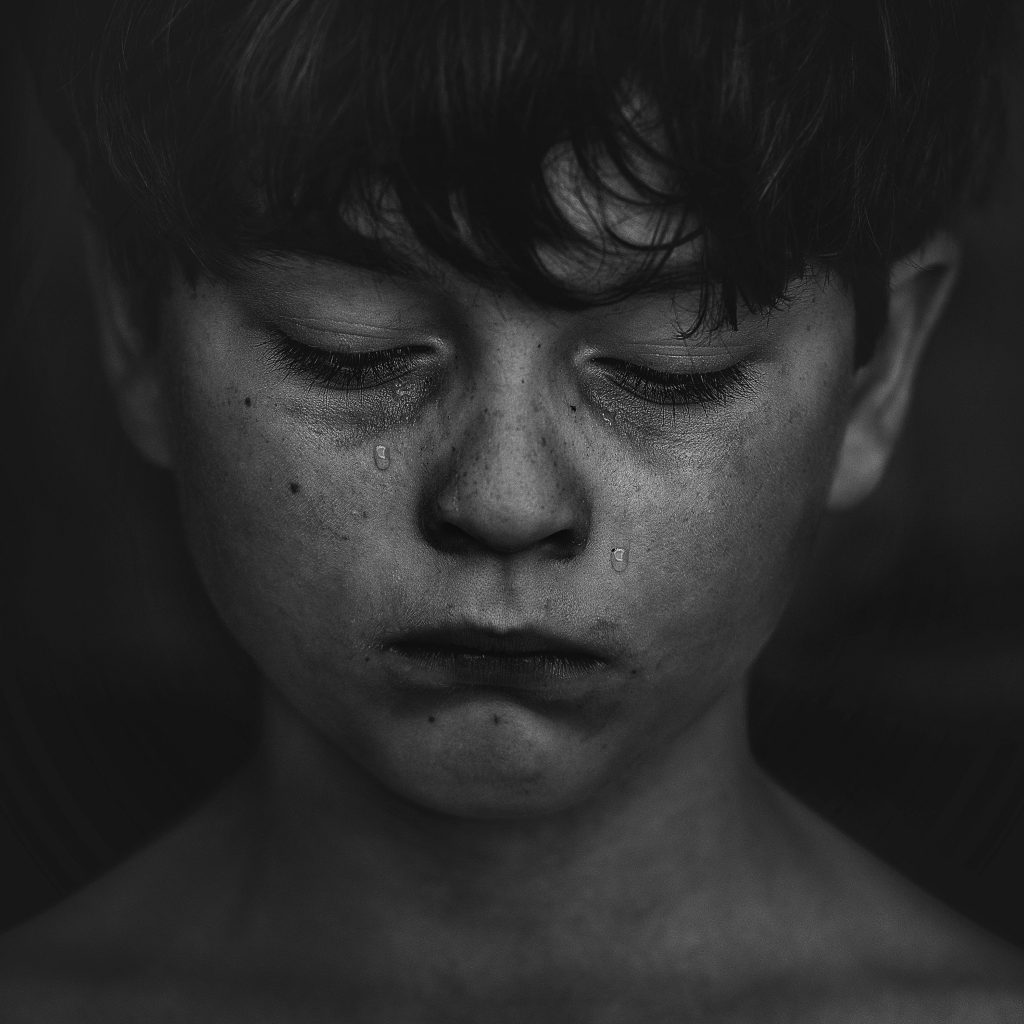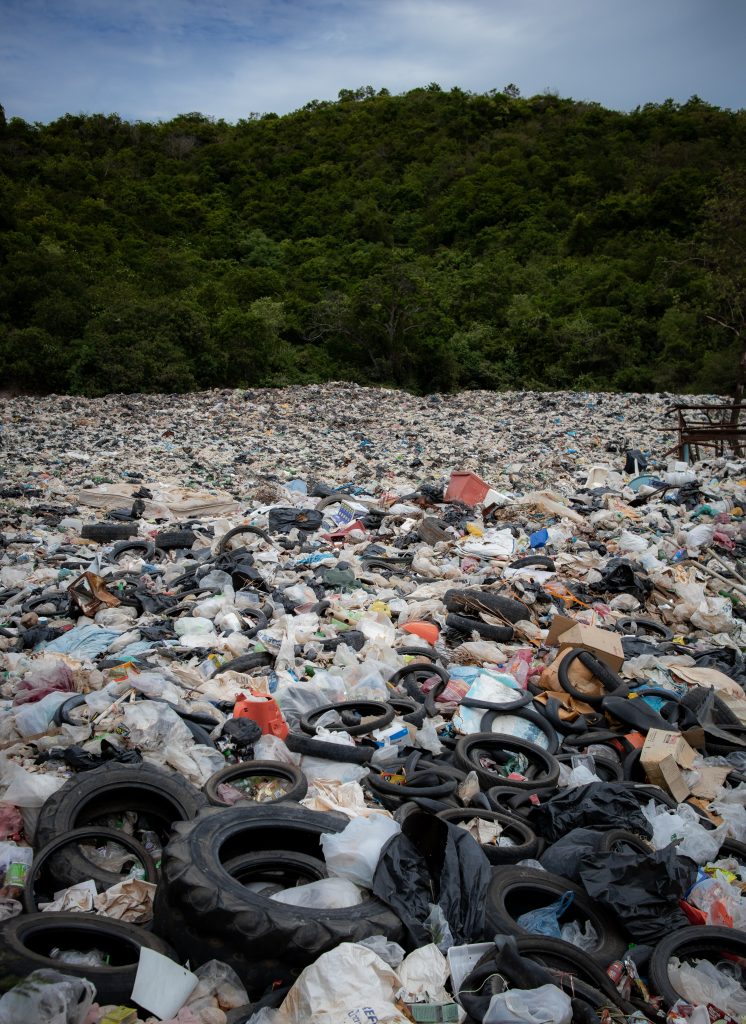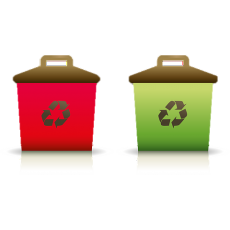
This week in New York City, the United Nations General Assembly is, even now, meeting to discuss the important issues facing our global community. Among the most important is how we go forward, together, into the future. How do we better care for each other? For the Earth? And for the other living creatures on the Earth?
We’re all in this together. And together, we can create a better world for all of us – the exact goal of the U.N. Sustainable Development Goals.
Today, we’ll be taking you through SDGs #8-12.
Sustainable Development Goal #8: Decent Work and Economic Growth
Sustainable economic growth will require societies to create the conditions that allow people to have quality jobs.
In order to improve quality of life and living standards for all, all need access to work that is productive and provides a fair income. This “decent work” will lead to sustained and inclusive economic growth, which will in turn drive progress, create more decent jobs, and improve living standards. Women and girls must have equal access to equal opportunities and the same fair pay as men and boys.
Decent work and economic development must progress without consequent damage to the environment, abuse of non-renewable resources, and without leaving anyone behind.
Goal #8 Targets include:
–Sustaining per capita economic growth in accordance with national circumstances and, in particular, at least 7 per cent gross domestic product growth per annum in the least developed countries.
–Achieving higher levels of economic productivity through diversification, technological upgrading, and innovation, including through a focus on high-value added and labor-intensive sectors.
–Promoting development-oriented policies that support productive activities, decent job creation, entrepreneurship, creativity, and innovation, and encouraging the formalization and growth of micro-, small- and medium-sized enterprises, including through access to financial services.
–Improving progressively, through 2030, global resource efficiency in consumption and production and endeavoring to decouple economic growth from environmental degradation.
–Achieving full and productive employment and decent work for all women and men, including for young people and persons with disabilities, and equal pay for work of equal value.
–Reducing the proportion of youth not in employment, education, or training.
–Taking immediate and effective measures to eradicate forced labor, end modern slavery and human trafficking and securing the prohibition and elimination of the worst forms of child labor, including recruitment and use of child soldiers.
–Protecting labor rights and promoting safe and secure working environments for all workers, including migrant workers, in particular women migrants, and those in precarious employment.

–Devising and implementing policies to promote sustainable tourism that create jobs and promote local culture and products.
–Strengthening the capacity of domestic financial institutions to encourage and expand access to banking, insurance, and financial services for all.
Sustainable Development Goal #9: Industry, Innovation, and Infrastructure
Investments in infrastructure are crucial to achieving sustainable development.
Without investments in infrastructure – transportation, irrigation, clean energy, sanitation, clean drinking water, and information and communication technology, it will be impossible to achieve sustainable development and empower communities in many countries. Without investments in infrastructure, there will be no end to poverty.
Goal #9 Targets include:
–Developing quality, reliable, sustainable, and resilient infrastructure, including regional and trans-border infrastructure, to support economic development and human well-being, with a focus on affordable and equitable access for all.
–Promoting inclusive and sustainable industrialization and significantly raising industry’s share of employment and gross domestic product, in line with national circumstances, and doubling its share in least developed countries.

–Increasing the access of small-scale industrial and other enterprises, in particular in developing countries, to financial services, including affordable credit, and their integration into value chains and markets.
–Upgrading infrastructure and retrofitting industries to make them sustainable, with increased resource-use efficiency and greater adoption of clean and environmentally sound technologies and industrial processes.
–Enhancing scientific research, upgrading the technological capabilities of industrial sectors in all countries, in particular developing countries, including encouraging innovation and substantially increasing the number of research and development workers per 1 million people and public and private research and development spending.
Sustainable Development Goal #10: Reduce Inequalities
To reduce inequalities, policies should be universal in principle, paying attention to the needs of disadvantaged and marginalized populations.
Inequality does not just refer to that between men and women. Inequality also refers to economic inequality, inequality in access to health and education services, inequality in access to information, inequalities based on age, disability, sexual orientation, race, class, ethnicity, and religion. Inequality is a multi-faceted hurdle that needs to be overcome to ensure a life of dignity for all.
Goal #10 Targets include:
–Achieving and sustaining income growth of the bottom 40 per cent of the population at a rate higher than the national average.
–Empowering and promoting the social, economic, and political inclusion of all, irrespective of age, sex, disability, race, ethnicity, origin, religion, economic, or other status.
–Ensuring equal opportunity and reducing inequalities of outcome, including by eliminating discriminatory laws, policies, and practices and promoting appropriate legislation, policies, and action in this regard.

–Adopting policies, especially fiscal, wage and social protection policies, and progressively achieving greater equality.
–Improving the regulation and monitoring of global financial markets and institutions, and strengthening the implementation of such regulations.
–Ensuring enhanced representation and voice for developing countries in decision-making in global international economic and financial institutions in order to deliver more effective, credible, accountable and legitimate institutions.
–Facilitating orderly, safe, regular, and responsible migration and mobility of people, including implementing planned and well-managed migration policies.
Sustainable Development Goal #11: Sustainable Communities and Cities
There needs to be a future in which cities provide opportunities for all, with access to basic services, energy, housing, transportation and more.
As the world becomes increasingly urbanized, making cities inclusive, safe, resilient, and sustainable becomes a mission of paramount importance. When city growth explodes rapidly, waste, pollution, poverty, and crime subsequently explode rapidly, as well. Efficient urban planning and management practices need to be in place to deal effectively with these challenges.
Goal #11 Targets include:
–Ensuring access for all to adequate, safe, and affordable housing and basic services and upgrade slums.
–Providing access to safe, affordable, accessible and sustainable transport systems for all.
–Enhancing inclusive and sustainable urbanization and capacity for participatory, integrated, and sustainable human settlement planning and management in all countries.
–Strengthening efforts to protect and safeguard the world’s cultural and natural heritage.
–Reducing the number of deaths and the number of people affected, and decreasing the direct economic losses relative to global GDP caused by disasters, including water-related disasters, with a focus on protecting the poor and people in vulnerable situations.
–Reducing the adverse per capita environmental impact of cities, including by paying special attention to air quality and municipal and other waste management.
–Providing universal access to safe, inclusive, and accessible, green and public spaces, in particular for women and children, older persons, and persons with disabilities.

Sustainable Development Goal #12: Responsible Production and Consumption
Promoting resource and energy efficiency, sustainable infrastructure, and providing access to basic services, green and decent jobs and a better quality of life for all.
Our resources are finite. The Earth is showing the effects of our acting upon it as opposed to caring for it. Through responsible and sustainable production, and responsible and sustainable consumption, we can preserve our home and ensure it continues to be a home for future generations.
Goal #12 Targets include:
–Implementing the 10-year framework of programs on sustainable consumption and production, all countries taking action, with developed countries taking the lead, taking into account the development and capabilities of developing countries.
–Achieving the sustainable management and efficient use of natural resources.

–Halving per capita global food waste at the retail and consumer levels and reducing food losses along production and supply chains, including post-harvest losses.
–Achieving the environmentally sound management of chemicals and all wastes throughout their life cycle, in accordance with agreed international frameworks, and significantly reduce their release to air, water, and soil.
–Reducing waste generation through prevention, reduction, recycling, and reuse.
–Encouraging companies, especially large and transnational companies, to adopt sustainable practices and to integrate sustainability information into their reporting cycle.
–Promoting public procurement practices that are sustainable, in accordance with national policies and priorities.
What Can You Do to Help?
As always, be active in the politics of your community and vote for officials who will fight for a sustainable world for all of us.
Social media is an incredibly powerful tool to call for social change and start the big discussions. Research all of the issues at hand, and push for policy makers to prioritize the SDGs.
Develop a vision for the world you want to live in, a world where we all live freely, equitably, and sustainably, and then start small. Volunteer in your community. Children need mentors, soup kitchens need donations and volunteers; parks, beaches, and green spaces need clean up.
Encourage young people to stay in school and empower the women and girls in your own life to believe in themselves and to strive for their dreams.
Knowledge is power. And with it, we can work toward achieving the SDGs.
Together.
Stay tuned, swrmers, next time we tackle the last of the Sustainable Development Goals. Have any ideas on some small things we can do to spur big change? Buzz ‘em at us!



